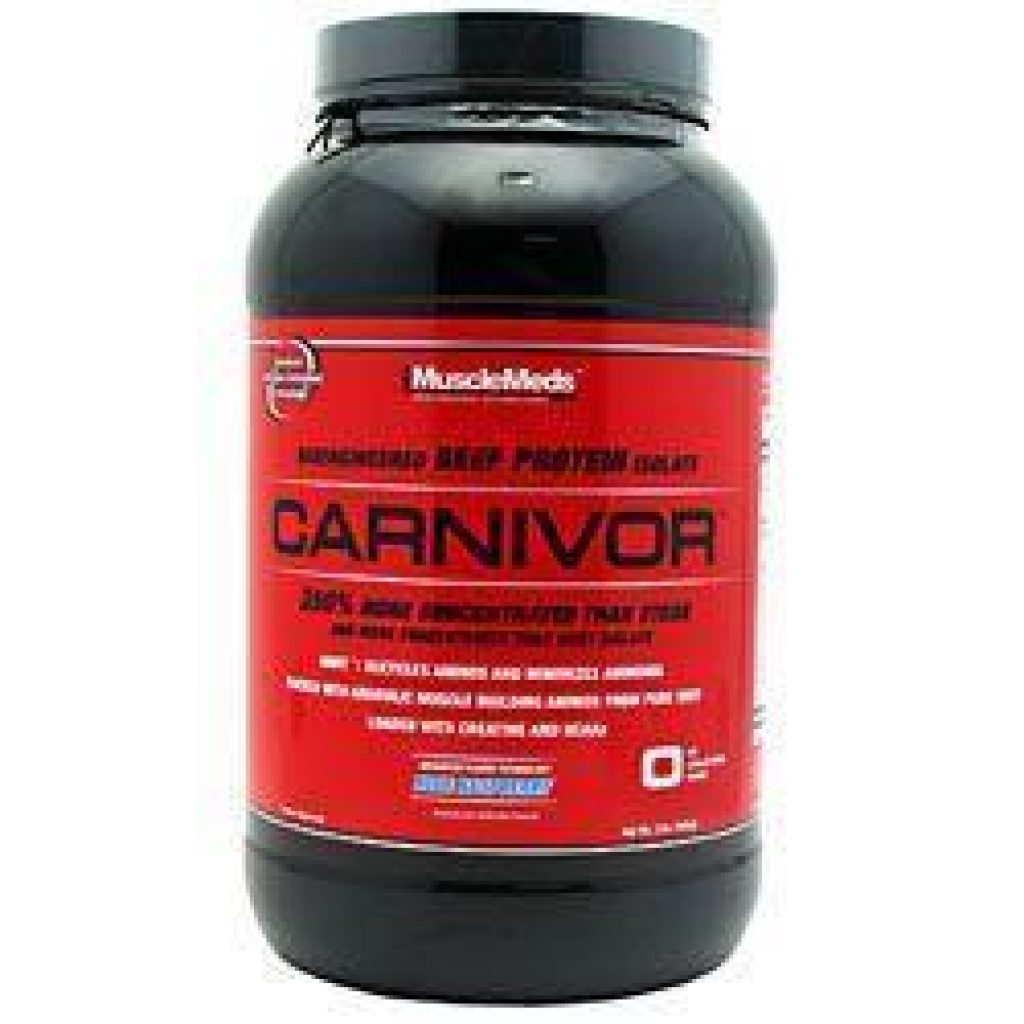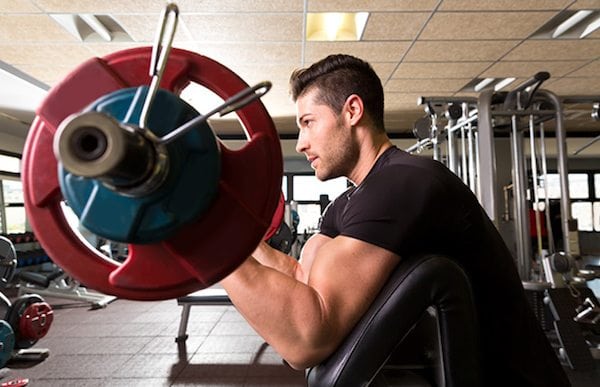No products in the cart.
Are High Reps or Heavy Weights Best for Building Muscle?

Before we get into anything let’s be clear what we mean by building muscle, we are talking about increasing the muscle size (hypertrophy) not increasing strength.
If you are completely new to lifting then you can expect both to occur, but the more experienced among you should be prioritising one over the other.
That doesn’t mean you won’t get stronger while also increasing size, it just means that you won’t get optimal strength while training for size.
Training for Hypertrophy

We’re going to keep this article brief and to the point, which means that we can’t spend hours discussing the minutiae of every aspect of hypertrophy. We’re going for broad strokes here.
One of the most important factors in hypertrophy is time under tension, it is here that muscle fibres are broken down, and muscle damage occurs.
While muscle damage can sound like a bad thing, it is actually exactly what is needed for hypertrophy to occur.
Time under tension is a measure of how long the muscles are actually working, so if you were to perform a single rep deadlift, your muscles would be under tension for 5 seconds or so (remember, you don’t include the lockout as there is no tension on the muscles).
Compare that to a set of 20 reps of bicep curls, where the time under tension for the biceps brachii would be closer to 30 seconds, and you can see why a higher rep set would be more effective for hypertrophy.
Of course it’s not as simple as all that, recent studies have found that working muscles with a different amount of rep ranges can be even more effective for hypertrophy.
So instead of performing every exercise in the 15-20 rep range, you could add in some 4-6 rep sets, some 8-12 rep sets, and some 20-30+ rep sets.
You can also consider performing some training to exhaustion drop sets. This is where you start with an exercise such as the bench press, and perform 3 sets using a weight that you can hit around 6-8 reps on.
After completing the third set, you could lower the weight by 20-25% and (without resting) start lifting again. Then lower the weight again, continuing this pattern until you can’t perform any more reps at the lowest weight.
This technique is great for hypertrophy, because it maximises muscle damage. However, the downside of this is that it can cause a lot of fatigue, and the extra muscle damage will cause some pretty serious delayed onset muscle soreness (DOMS). For this reason you really don’t want to be overdoing it.
Training to failure is used by a lot of professional bodybuilders as it can be really effective, but remember that every professional bodybuilder out there will be taking testosterone, insulin, growth hormone, and many other illegal performance enhancing drugs.
These allow for more muscle protein synthesis as testosterone in particular stimulates it.
More protein synthesis means that they will recover faster, and be able to build more muscle – whereas a natural lifter has a certain amount of muscle that they can build in a session.
But what about training low reps? Obviously it won’t provide as much hypertrophy as medium to high rep sets, but it must still provide some muscle growth.
If you look at Olympic lifters, they tend to be the most powerful people in the world, lifting weights many times their own bodyweight into the air.
What’s interesting is that unless you saw them do that you might be forgiven for thinking that they weren’t particularly strong. They don’t look like bodybuilders do they?
This is because training for power can create very different muscles than training for hypertrophy.
The muscles are much more powerful, and will also be stronger, but size wise they will be a lot smaller (denser would be a better description).
Bodybuilding training creates a form of hypertrophy called sarcoplasmic hypertrophy which is where the high rep sets fill the muscle with sarcoplasm leading to a big increase in size.
Lower rep, powerful training can lead to another form of hypertrophy known as myofibrillar hypertrophy which causes dense, powerful muscles.
If you are looking to get big, then prioritising higher rep (while still throwing in the occasional low rep set) will get you there.
Workout For Building Muscle

Let’s look at creating a powerful upper body, we’ll create a demo workout for you to follow that will lead to bigger muscles.
Hypertrophy Session
- Barbell Bench Press 3 x 12-15 reps
- Chest Flyes 3 x 12-15 reps followed by a drop set to failure (50% weight)
- Lat Pulldown 3 x 10-12 reps followed by a drop set to failure (50% weight)
- T-Bar Row 3 x 8 reps
- Seated Shoulder Press 4 x 12 reps
- Dumbbell Lateral Raises 3 x 15
- Cable Rear Delt Raises 3 x 12
When following this program, aim for a rest period of around 3 minutes, this is the optimal time to rest between sets for hypertrophy.
Save
Save
Save
Save

Looking at this example routine, how often should it be done?
I would recommend that you workout a minimum of 3 times per week. If you have time then 4-5 times would be great. Just make sure you get adequate rest between workouts. 🙂
Pls suggest a workout for leaning out for full body. The demo upper body workout is good one…something with the same intensity level
You can’t go wrong with squats, deadlifts and lunges. So perhaps add 3 sets of 10 reps of each exercise to the above workout.
Use a moderate to heavy weight, not too heavy to start so that you can concentrate on form. 🙂
Training is just one aspect. What about diet?
Check out our bulking article for even more tips. 🙂